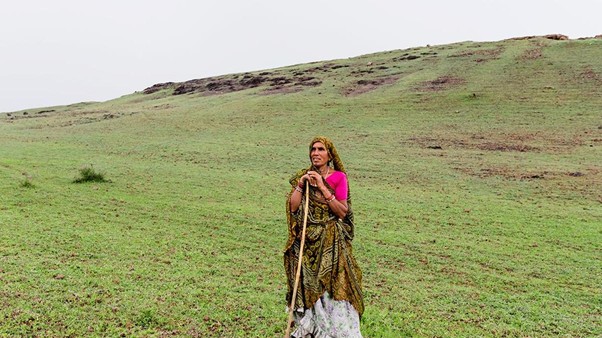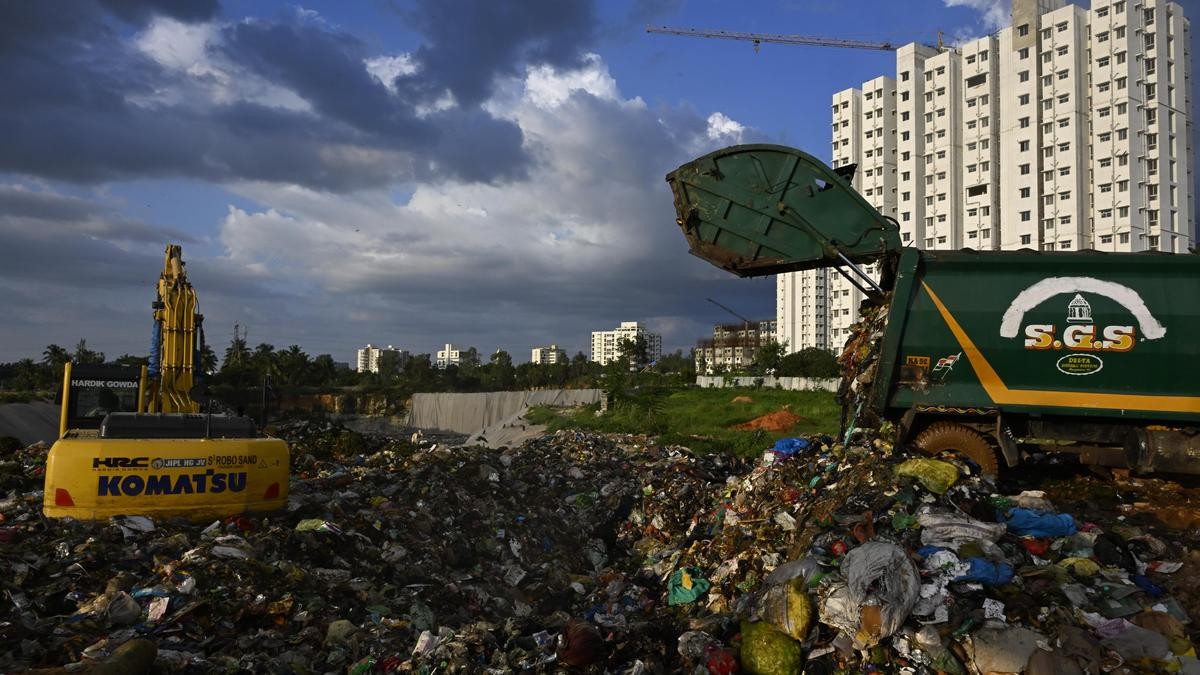




Source: DOWNTOEARTH
Disclaimer: Copyright infringement not intended.
Nepal observed its first-ever ‘National Yak Day’ on April 20, 2025 to honor the cultural, ecological and economic value of the yak in the Himalayan region.
The International Centre for Integrated Mountain Development urged stakeholders to integrate yak conservation into the sustainable development agenda, especially across the Hindu Kush Himalaya region.
It also highlighted the role of indigenous communities like the Sherpa, Tamang, Thakali, Rai and Limbu in protecting yak herding traditions, ensuring food security, cultural identity and biodiversity conservation.
The Yak is a long-haired bovine found primarily in the Himalayan region, the Tibetan Plateau, Mongolia and Central Asia.
Yaks are crucial to the livelihoods, culture and economy of high-altitude communities.
They are well adapted to cold, rugged mountainous environments.
|
Category |
Details |
|
Scientific Name |
Bos grunniens (domesticated), Bos mutus (wild) |
|
Family |
Bovidae |
|
Conservation Status |
Wild Yak - Vulnerable (IUCN Red List) CITES: Appendix I Indian Wildlife (Protection) Act of 1972: Schedule I |
|
Feature |
Description |
|
Size |
Height: 5.2 to 7.2 ft at shoulder; Length: 7–11 ft |
|
Weight |
300 to 1,200 kg depending on gender and wild/domesticated |
|
Coat |
Thick, long, and shaggy coat for insulation |
|
Color |
Typically black, brown, or grey |
|
Horns |
Present in both sexes; used for defense and foraging |
|
Special Adaptations |
Dense undercoat, large lungs, and increased red blood cell count to survive low oxygen levels |
|
Aspect |
Details |
|
Native Range |
Himalayan region, Tibetan Plateau, Mongolia, Central Asia |
|
Altitude Range |
Typically found at 3,000 to 6,000 meters |
|
Preferred Climate |
Extremely cold, mountainous regions |
|
Indian States |
Ladakh, Sikkim, Arunachal Pradesh, Himachal Pradesh |
|
Area |
Role and Contribution |
|
Transport |
Yaks are used as pack animals to carry goods in mountainous terrain. |
|
Milk |
Rich in fat; used to make butter, cheese, and curd. |
|
Meat |
An important protein source for high-altitude communities. |
|
Wool and Hair |
Used to make tents, ropes, garments, and blankets. |
|
Dung |
Major fuel source where firewood is scarce. |
|
Cultural Importance |
Yaks have spiritual and economic value especially among Tibetan Buddhists. |
|
Feature |
Wild Yak (Bos mutus) |
Domesticated Yak (Bos grunniens) |
|
Size |
Larger |
Slightly smaller |
|
Behavior |
More aggressive and solitary |
Tamer, lives with human settlements |
|
Conservation Status |
Vulnerable (IUCN Red List) |
Not threatened |
|
Location |
Remote, uninhabited regions |
Near villages and settlements |
|
Initiative |
Details |
|
Protected Areas |
Establishment of National Parks e.g., Changtang Wildlife Sanctuary, Ladakh |
|
Research and Monitoring |
Tracking wild yak populations and habitats. |
|
Community Involvement |
Promoting sustainable yak herding and conservation awareness. |
|
International Cooperation |
Cross-border efforts between India, China and Nepal for habitat conservation. |
Yak Festival is celebrated in Ladakh and Sikkim showcasing yak races, dances, and cultural exhibitions.
Yak Domestication is believed to have occurred around 5,000 years ago in Tibet.
Used by the Indian Army in high-altitude operations. Important in maintaining supply lines in inaccessible areas (e.g., Siachen Glacier region).
Sources: DOWNTOEARTH
|
PRACTICE QUESTION Q. Which of the following statements regarding Yaks is/are correct?
Select the correct answer using the code below: Answer: (c) Explanation: Statement 1 is Incorrect. Wild Yaks are classified as Vulnerable not Endangered on the IUCN Red List. Statement 2 is Incorrect. Domesticated Yaks are reared in cold, high-altitude regions not tropical lowlands. Statement 3 is Correct. Yaks have about three times the lung capacity of cattle and smaller red blood cells aiding survival in low-oxygen, high-altitude environments. |







© 2025 iasgyan. All right reserved